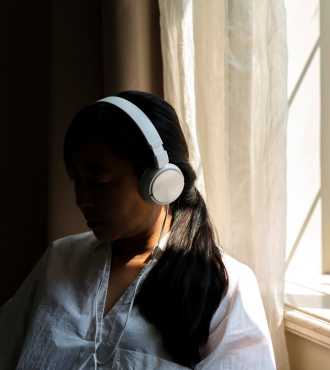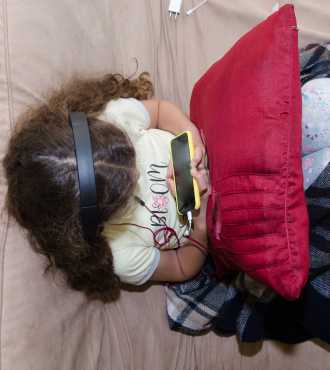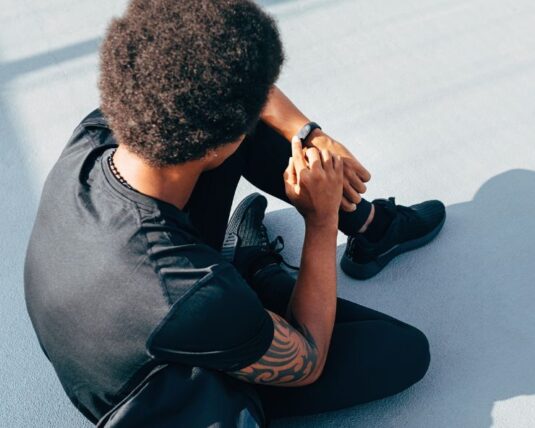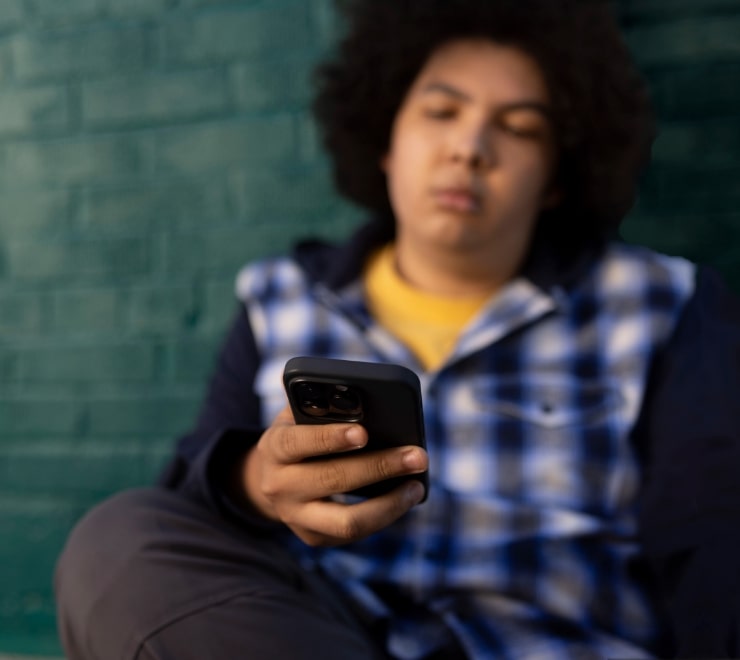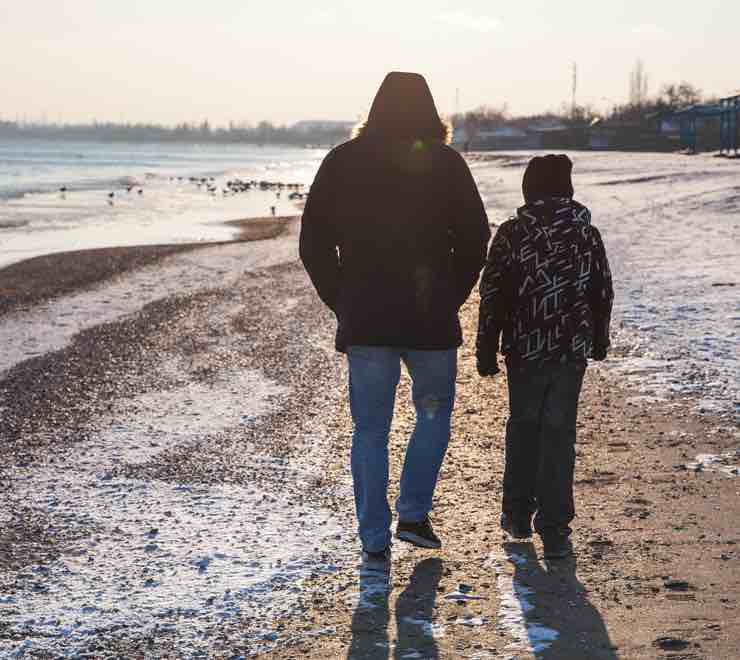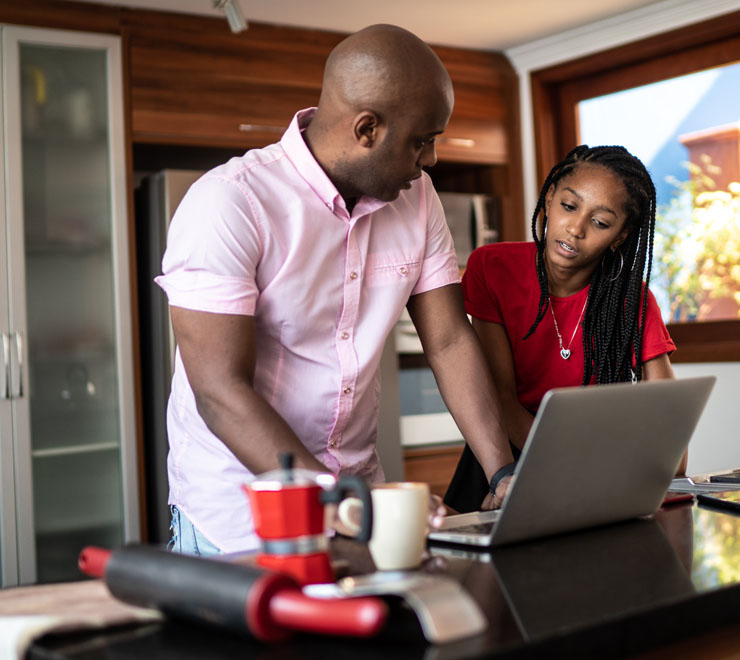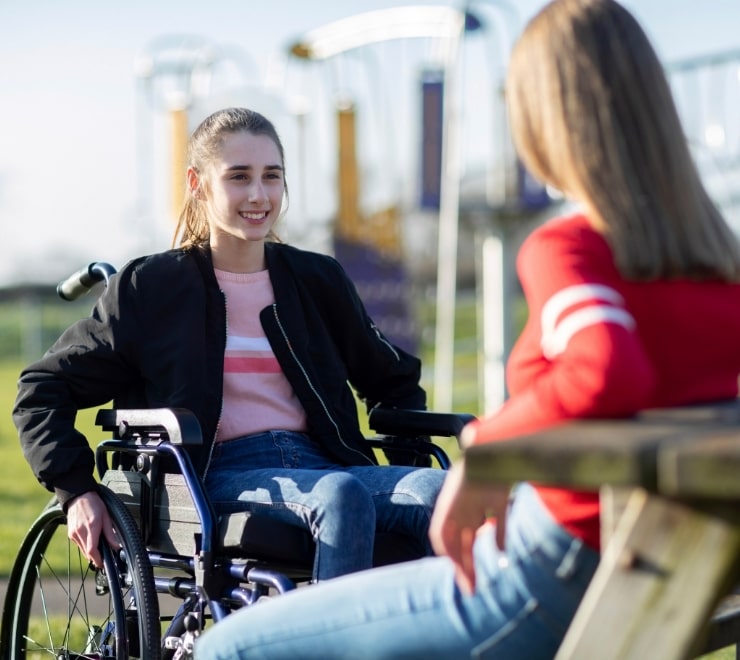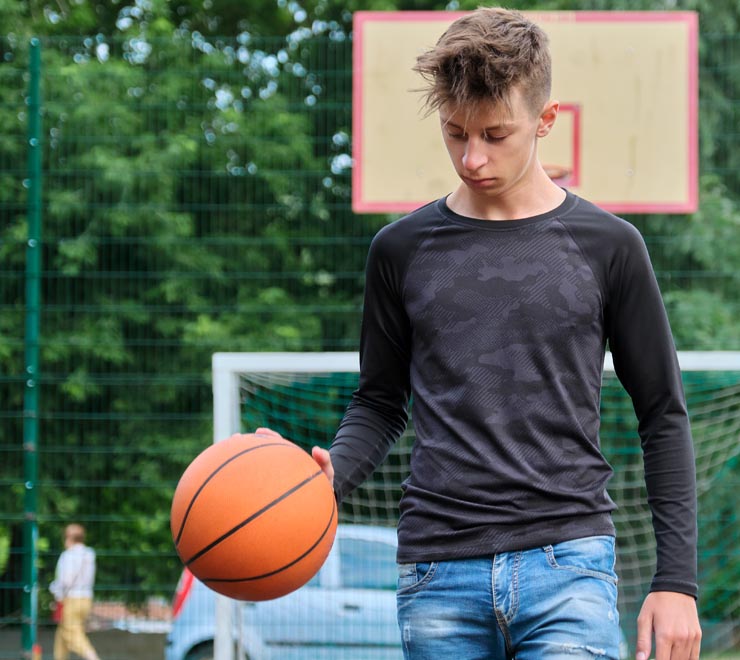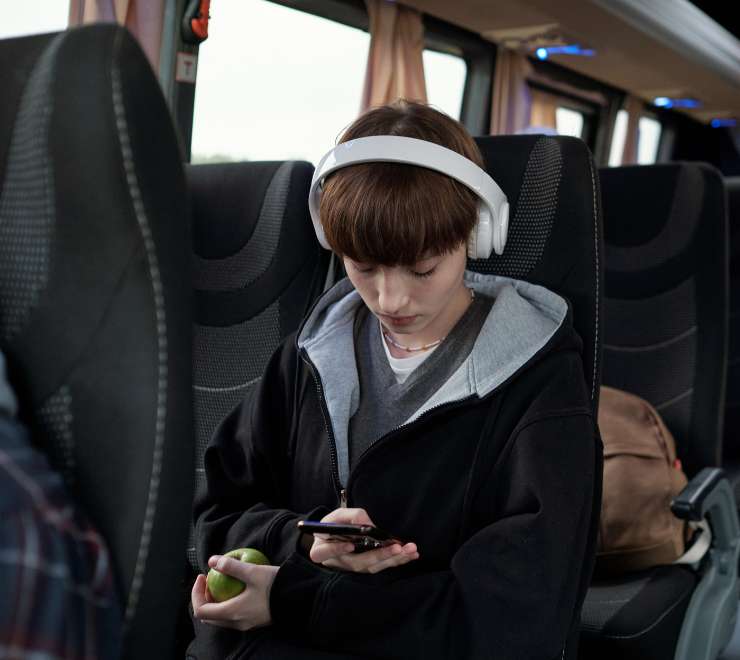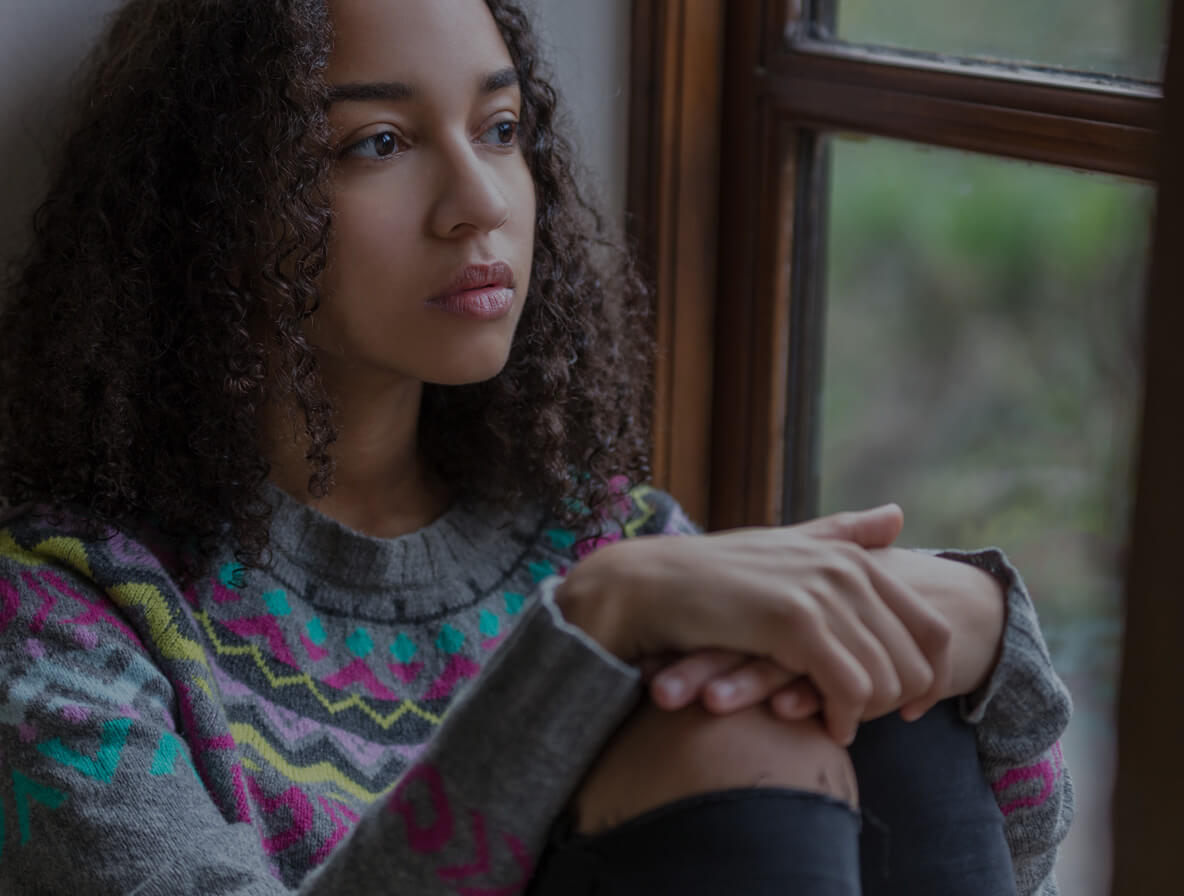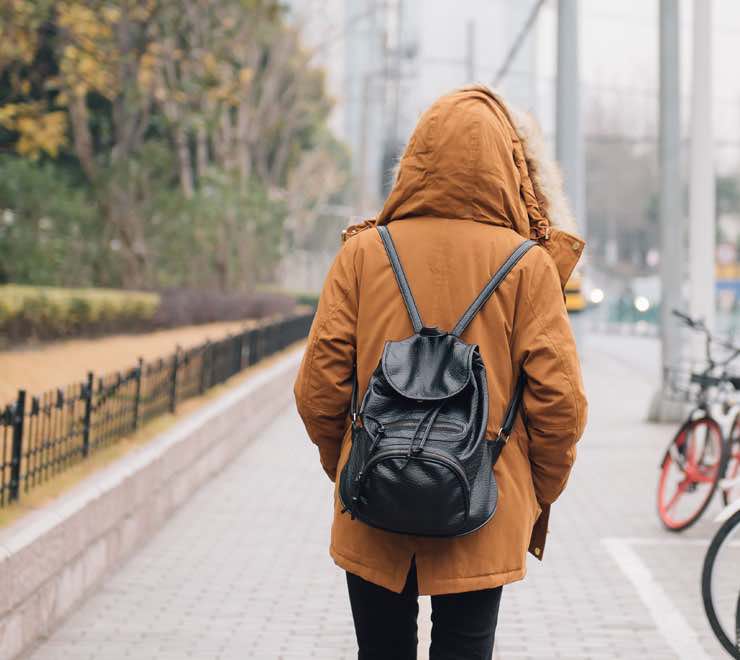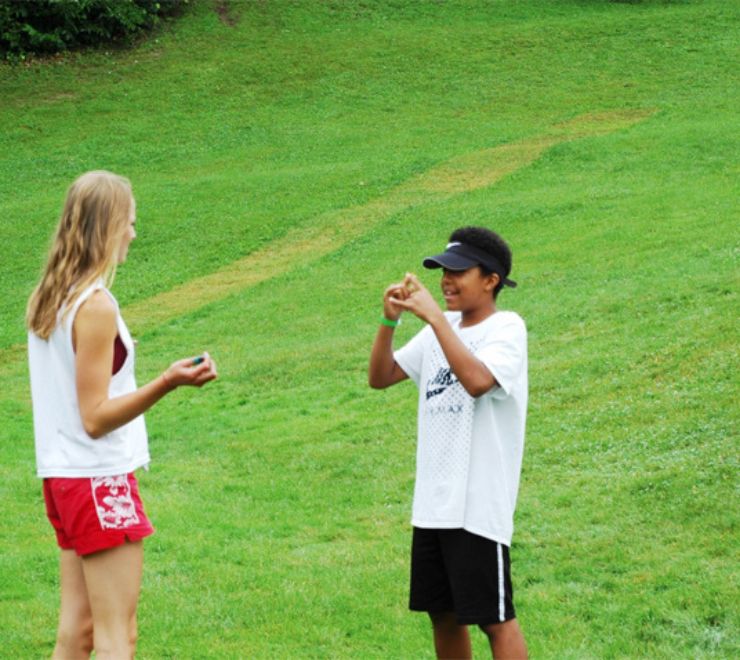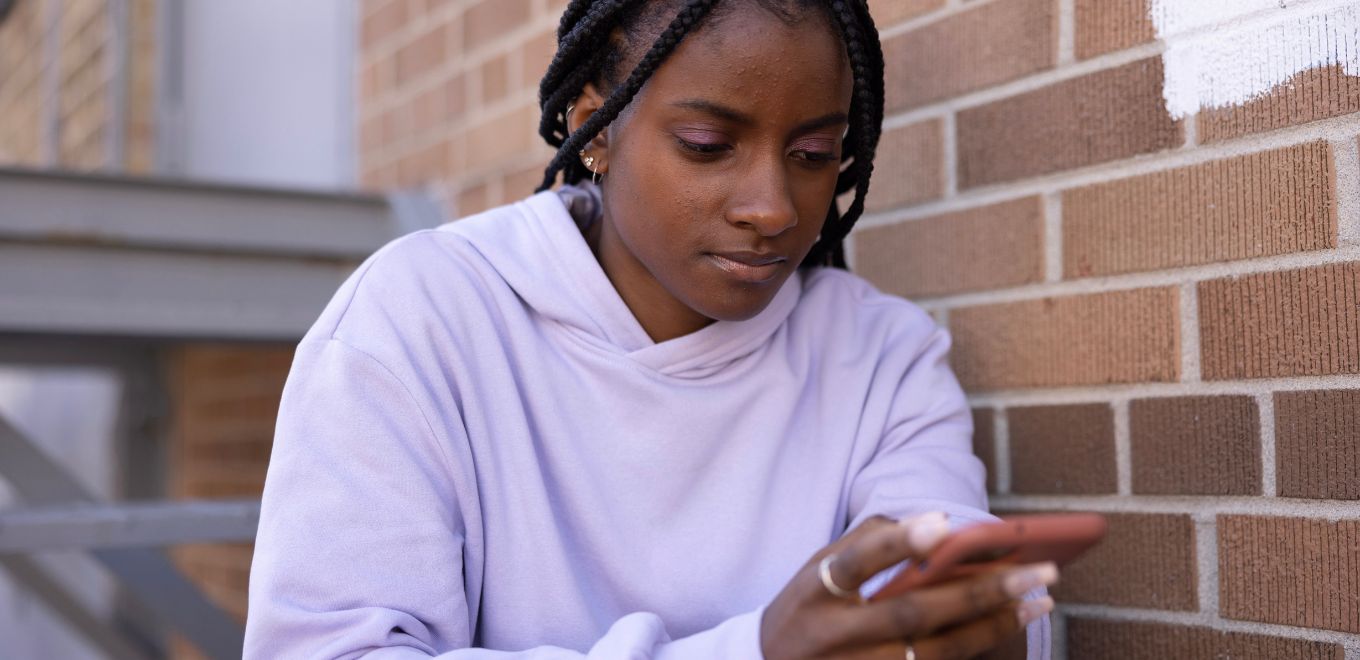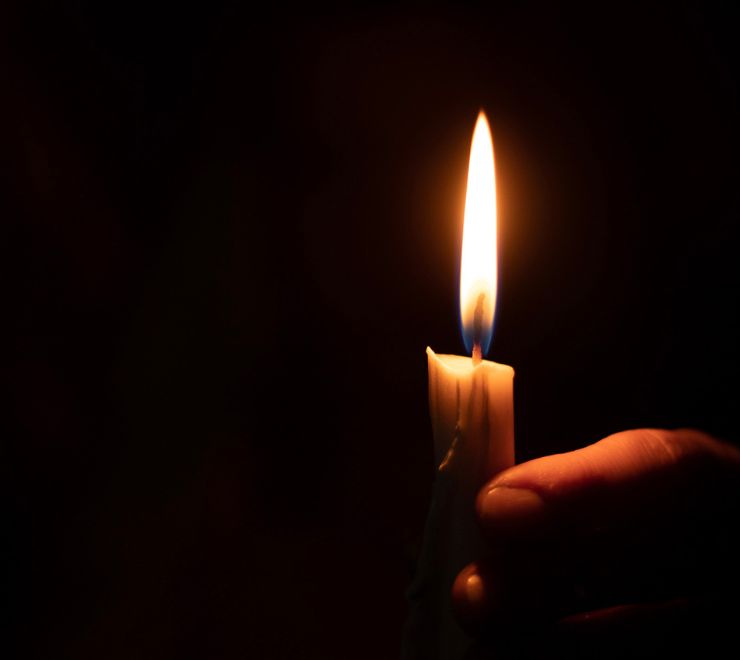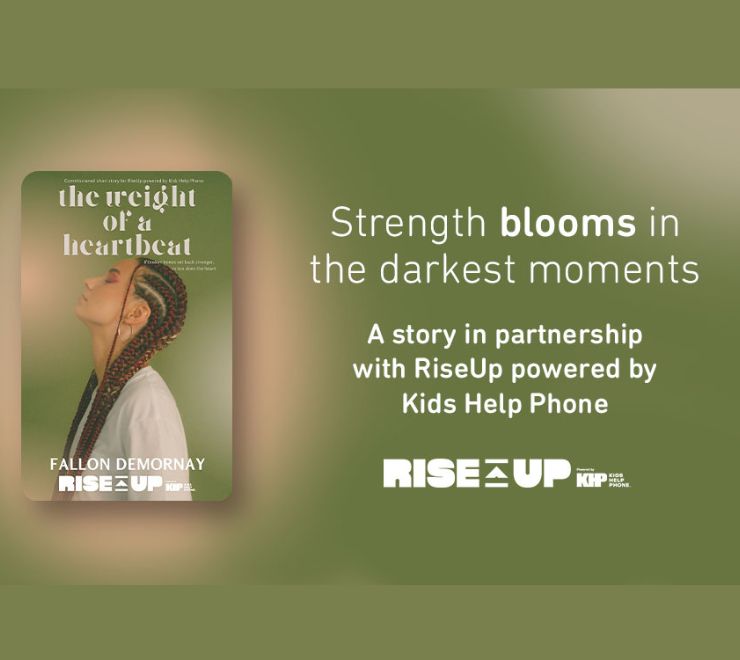Have you ever been in a situation that felt dangerous or unsafe? And have you ever found yourself wondering what to do in those moments? Kids Help Phone’s Safety Planning Guide has free information, tips and tools you can use to navigate unsafe situations. On this page, you can explore ways to create or access safer spaces, take care of yourself and get support. You can also learn how to make your own safety plan(s) and become more familiar with your options in moments of potential danger. No matter what, your safety is a priority and your well-being matters.
If you’re in immediate danger, emergency services and child protection services are available across Canada. Mobile crisis support and other community services are also available in some areas. You can use Resources Around Me to find what’s best for you and available nearest your location.
What do we mean by “safety?”
It may be hard to imagine what safety feels like if you’ve been feeling unsafe. Safety can also look and feel different for everyone. As you continue to scroll through this page, you may find it helpful to consider what safety means to you. What does it feel like / how do you hope it may feel? And how can you take big or small actions toward achieving that feeling(s)? If you’re having difficulty imagining this, you can ask yourself the following questions (it may be helpful to write your responses down):
- When was the last time I felt safer?
- What were the signs of safety to me then? Where was I? Who was there? How did I feel?
- What does safety mean to me? Is it a feeling in my body? A place / person / state of mind / gesture?
- How does safety feel in my mind and body (e.g. I feel calm, my muscles are relaxed, etc.)?
- What would be the smallest change I could make that may help me get closer to a feeling of safety again?
Sometimes, being around a potentially dangerous person or environment might be inevitable (hard to avoid), but there may be ways you could make the experience safer for yourself. This may mean considering ways to feel temporarily safer for the moment, rather than trying to achieve long-term safety, which may be more difficult and require more help. Your immediate safety is most important, so any small action you can take to prioritize your safety in the moment may be a helpful place to start.
“You are valid. Your sadness is valid. Your happiness is valid. Don’t let others decide how valid you are. Don’t let anyone else control what’s yours.”
— person contacting Kids Help Phone
What is a safety plan?
Safety plans are tools you can use to map out what might help in situations where you feel unsafe or where harm may occur. This could mean circumstances where potential harm to yourself, harm by others, harm to others, etc. may happen. A safety plan can include reminders of what helps you the most when you’re feeling unsafe, how you can create space from people / things / places you don’t feel safe around as well as people / resources / services you can connect with if you need support.

